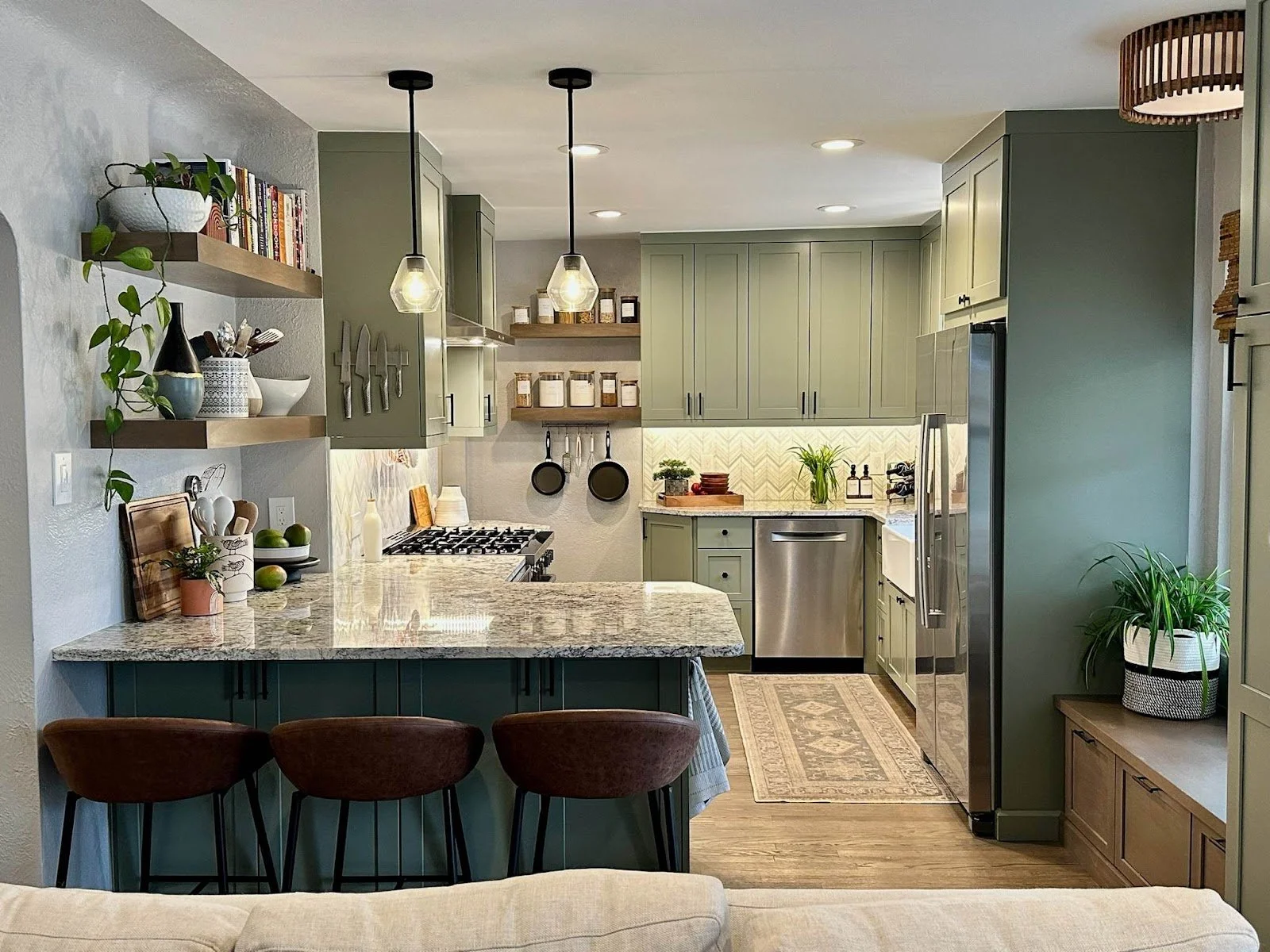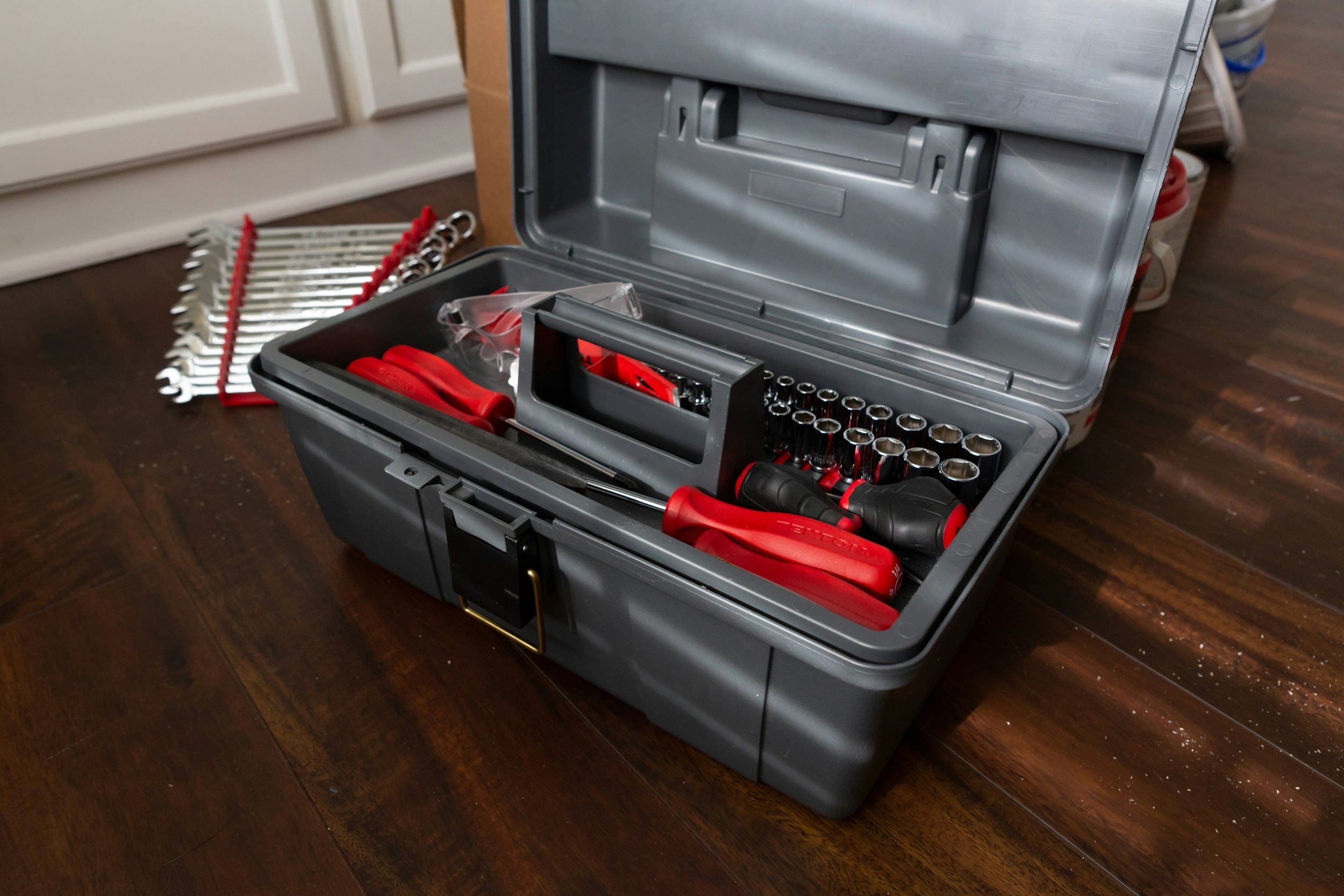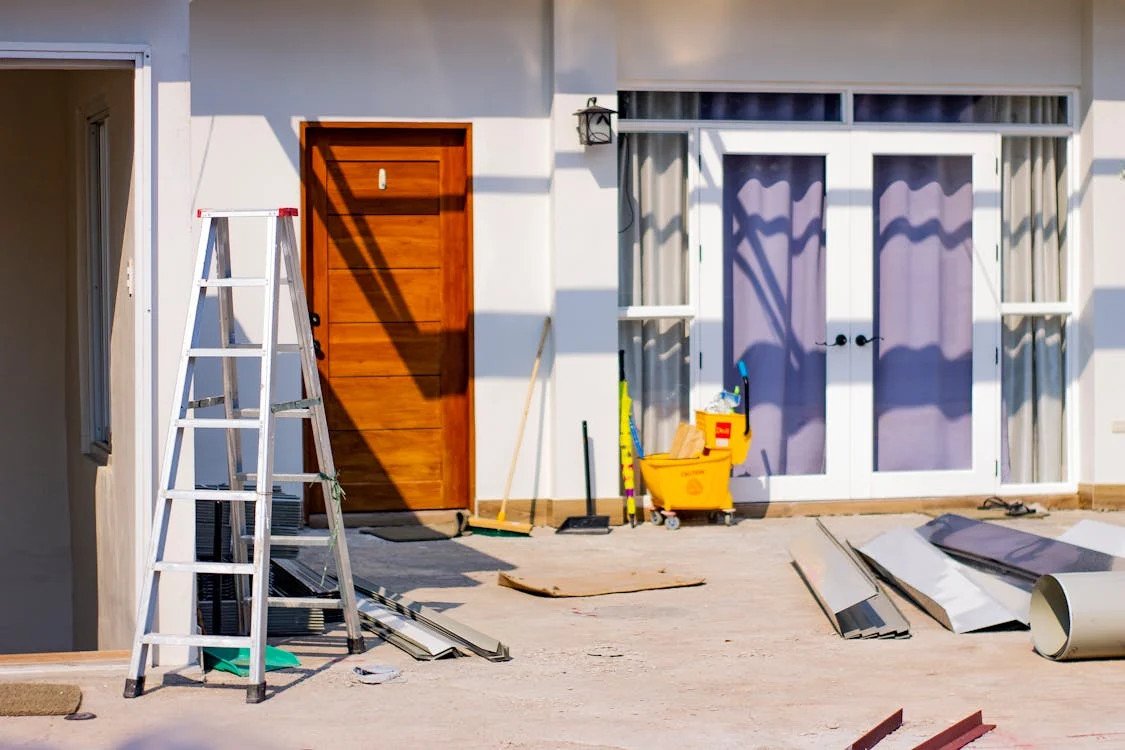DIY Home Renovation Projects: A Student's Guide to Transforming Living Spaces
Discover DIY home renovation projects perfect for students. This guide offers creative and budget-friendly ideas to transform your living spaces, making them stylish and functional. Learn tips and tricks for easy and impactful updates to enhance your home.
Renovating a home may be fun and innovative, especially for students on a budget. This guide helps student homeowners and renters make elegant, cost-effective renovations. We'll discuss planning, budgeting, tool selection, and DIY projects that can make any place a cozy and valuable home.
Understanding the Basics of Home Renovation
Students must balance creativity, money, and labor when renovating their homes. Before swinging hammers or painting walls, you must comprehend home remodeling basics. Plan first by assessing your space, identifying opportunities for improvement, and defining project success.
Next, budgeting may make or break renovations. From haggling with suppliers to picking projects with the most impact at the lowest cost, students must stretch every dollar.
Finally, proper instruments matter. While professional-grade equipment may be prohibitively expensive, drills, hammers, screwdrivers, and paintbrushes are essential. To cut costs, rent or borrow tools from friends and relatives. Thanks to this core knowledge, successful renovations start with the correct equipment and a sound strategy.
Planning Your Renovation
Any successful home improvement project starts with good planning. Start by inspecting your home and identifying problem areas. Understand the extent of any project — kitchen, bathroom, or living room — to properly deploy resources.
Consider functional changes like boosting natural light or maximizing living space to increase usefulness and aesthetics. Create a precise strategy with dates to streamline renovations. Include a step-by-step plan, milestones, and realistic deadlines for each project. Prepare for unanticipated challenges or delays with a flexible contingency plan to keep your project on pace. Strategic planning provides well-planned renovations within schedule and budget limits.
While managing a home renovation, students often face the challenge of juggling their academic obligations as well. Renovation projects can be demanding and time-consuming, which might lead to stress when deadlines for school assignments are looming. In such situations, one might wonder, "Who can write my paper?" This is where academic writing services come into play. By delegating their writing tasks to professionals, students can free up time to concentrate on their renovation efforts without compromising their academic performance.
Budgeting Wisely
Students' low budgets require careful budgeting. Set a budget for each job, including supplies and tools. To get the best offers, check costs from multiple vendors and examine alternatives that may offer equal quality at a lesser price. Track all costs in a spreadsheet for real-time tracking. Consider buying energy-efficient appliances or durable flooring for long-term savings. Look for discounts, bargains, and student offers to save big. Remember, price and quality should be balanced. Prioritizing and planning each step helps you save money and achieve your goal.
Choosing the Right Tools
DIY remodeling success depends on choosing the appropriate equipment. Most home renovation projects require hammers, screwdrivers, drills, and measuring tapes. Saws, sanders, and specialty drill bits may be needed for more complex jobs. Assess your tools and identify what you need to buy or borrow. Short-term tool rentals from hardware stores are sometimes cheaper than buying. Mid-range instruments often strike the right price-quality mix for student budgets. The appropriate tools make the job easier, safer, and better, improving the quality and longevity of your renovations.
Transformative DIY Projects
Choosing DIY projects carefully can significantly enhance your home's utility and aesthetics, much like strategically choosing a decor theme. For instance, consider a Viking-themed project for a striking visual impact. You might incorporate a poster or artwork of the vikings fighting style, which could serve as an exciting focal point in a room, invoking the drama and intensity of Viking battles.
Paint is another affordable way to update a room's look and feel. Choose current colors or patterns that match your style. The right paint color may drastically improve a room's size and atmosphere.
Updates like laminate or vinyl flooring may make a big difference and are easy for novices. Each endeavor should be practical, affordable, and enhance your life. By carefully choosing and completing these DIY activities, you can improve your house and enjoy the process.
Lighting and Decoration
Improving lighting and adding personal touches may enhance your living space's atmosphere and functionality. Good lighting creates an inviting atmosphere and affects mood and productivity. To improve lighting, replace or install fixtures. Use overhead, task, and accent lighting to make each area more functional and attractive. Decoration may also change a space. Personalize your house with DIY art, pictures, or unique things that represent your hobbies and experiences. These features make a house a home by adding comfort and coziness. By considering these factors, you may design a fashionable and functional space.
Maintaining Your Renovated Space
After your renovations, your space must be maintained to appear and work well. Cleaning and maintaining renovations, including dusting, vacuuming, and inspecting for wear and tear, extends their lifespan. Proactively correcting little issues before they become big ones may save time and money. A maintenance program and compliance may keep your facility in top shape. Regular maintenance maintains your hard work and makes your home more comfortable and stress-free.
Utilizing Space Creatively
Many students prioritize space efficiency. Utilize every single inch of your property creatively. Multi-functional furniture like ottomans and mattresses with drawers below may maximize storage space while looking good. Vertical storage options include shelves over entrances, cabinets under stairs, and a tiny office. These technologies make tiny homes more habitable and organized without substantial renovations.
Conclusion
Students may customize, functionalize, and style their homes with DIY home improvement projects. By learning the principles, picking the correct projects, and maintaining your space, you can build a house that matches your personality and requirements. These initiatives improve your lifestyle and teach you new skills. Take the plunge and alter your home now!





























